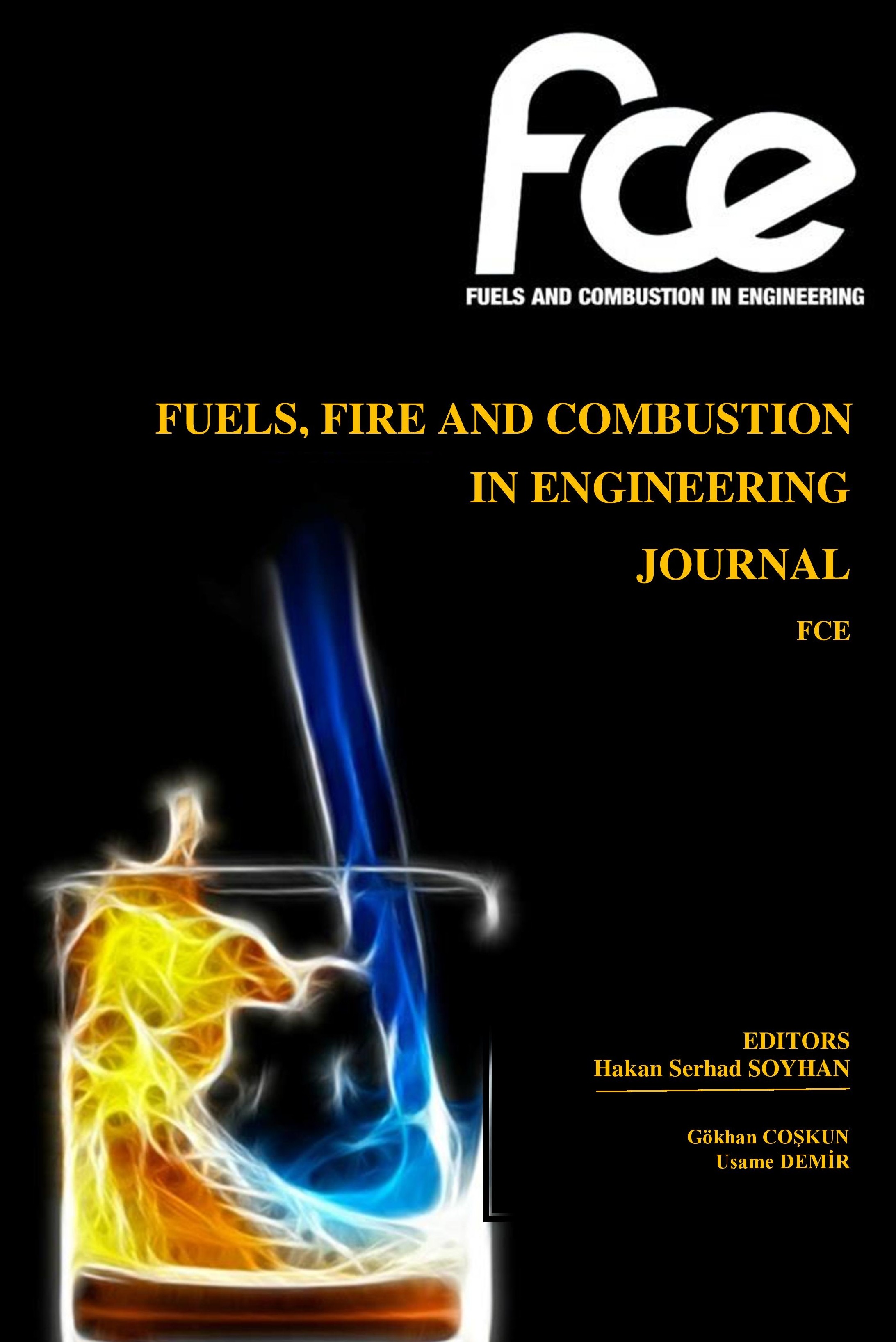NUMERICAL ESTIMATION OF SWIRL AND TUMBLE NUMBERS IN RICARDO RESEARCH ENGINE CYLINDER FOR VARIABLE VALVE LIFTS
NUMERICAL ESTIMATION OF SWIRL AND TUMBLE NUMBERS IN RICARDO RESEARCH ENGINE CYLINDER FOR VARIABLE VALVE LIFTS
Ricardo Engine, Swirl and Tumble Number, CFD Simulation,
- ISSN: 2564-6435
- Başlangıç: 2016
- Yayıncı: Hakan Serhad SOYHAN
Ozer CAN, H. Serdar YÜCESU, Can ÇINAR, Ş. Ayhan BAYDIR, Fatih ŞAHİN, Erkan ÖZTÜRK
S. KARAASLAN, C. ERMAN, N. DİNLER, N. YÜCEL
H. F. ÖZTOP, Y. VAROL, Ş. ALTUN, M. FIRAT
DETERMINATION OF HIGHER HEATING VALUES (HHVS) OF BIOMASS FUELS
S. Acar, A. Ayanoglu, A. Demirbas
ENGINE PERFORMANCE AND ANALYSIS OF H2/NH3 (70/30), H2 AND GASOLINE FUELS IN AN SI ENGINE
İ. İ. YURTTAŞ, B. ALBAYRAK ÇEPER, N. KAHRAMAN, S. O. AKANSU
BIOGAS PRODUCTION FROM OLIVE WASTE AND OLIVE POMACE IN MARMARA REGION
A. H. ULUKARDESLER, Y. ULUSOY, Z. TUMSAVAS
TRAJECTORY BASED DROPLET COLLISION MODEL FOR SPRAY MODELING
WASTE MANAGEMENT: SOME ENERGY RECOVERY PROCESSES
S. KARAASLAN, E. HEPKAYA, N. YÜCEL, S. USLU
R. MEHDIYEV, H. ARSLAN, G. KELEŞ, K. OGUN, E. OZCAN, H. TEKER, B. UNAN
